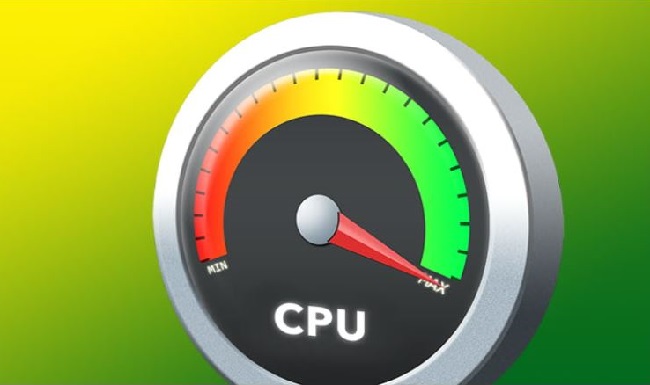If you’ve been exploring your Task Manager and noticed ‘WMIPRVSE.EXE’ using up more resources than it should, you’re probably looking for a solution.
You might also be wondering what WMIPRVSE.EXE is and why it’s causing problems. This comprehensive guide will demystify WMIPRVSE.EXE, explain its common issues, and provide step-by-step solutions to rectify those issues.

Understanding WMIPRVSE.EXE
WMIPRVSE.EXE, short for Windows Management Instrumentation Provider Service, is a process that runs in the background on Windows systems.
It’s an integral part of the operating system and serves as an interface, allowing scripts and management applications to interact with and request information from various system components.
When functioning correctly, WMIPRVSE.EXE operates smoothly in the background, taking up minimal system resources.
However, in some situations, you might encounter issues or errors associated with this process, often manifested as high CPU usage or high disk usage by WMIPRVSE.EXE.
The manifestation of a WMIPRVSE.EXE error isn’t typically a problem with the process itself, but rather an issue with the application or service interacting with it. Identifying and fixing the problematic application or updating the system usually helps resolve these errors.
Remember that despite these occasional errors, WMIPRVSE.EXE is an essential system process and should not be terminated or removed, as doing so could cause instability or a system crash.
Causes of WMIPRVSE.EXE Errors
Several factors can lead to issues with WMIPRVSE.EXE:
Malware Infections: Malware often disguises itself as a legitimate process like WMIPRVSE.EXE, causing unnecessary CPU usage and potentially harming your computer.
Application Errors: If an application requests system information and an error occurs in the process, it can cause WMIPRVSE.EXE to consume high CPU resources.
Outdated System Files: If your Windows system files are outdated, it may lead to issues with various system processes, including WMIPRVSE.EXE.
Solutions to Fix WMIPRVSE.EXE Issues
If WMIPRVSE.EXE is causing problems on your PC, here are the steps to troubleshoot and fix it:
Solution 1: Scan for Malware
Step 1: Run a thorough scan on your system with a reliable antivirus program.
Step 2: If an threats are found, follow the antivirus instructions to quarantine or remove them.
Step 3: After the removal, restart your computer and check if the issue persists.
Solution 2: Restart WMI Provider Host Service
Step 1: Press ‘Windows + R’ to open Run. Type ‘services.msc’ and press Enter.
Step 2: In the Services window, find ‘Windows Management Instrumentation,’ right-click on it and select ‘Restart.’
Step 3: After restarting the service, check if the CPU usage of WMIPRVSE.EXE has reduced.
Solution 3: Troubleshoot the Problematic Application
Step 1: Press ‘Ctrl + Shift + Esc’ to open Task Manager.
Step 2: Go to the ‘Details’ tab and find ‘WMIPRVSE.EXE’. Right-click on it and select ‘Go to service(s).’
Step 3: The services highlighted are those using WMIPRVSE.EXE. Research each of these services online to find out which applications they’re related to.
Step 4: If a particular application is causing the high CPU usage, consider reinstalling it or seeking help from the software vendor.
Solution 4: Update System Files
If the above steps don’t work, updating your Windows system might:
Step 1: Press ‘Windows + I’ to open Settings. Navigate to ‘Update & Security.’
Step 2: Click ‘Windows Update’ and then ‘Check for updates.’
Step 3: If updates are available, download and install them.
Step 4: After updating, restart your computer and see if the issue is resolved.
Conclusion
While WMIPRVSE.EXE is an essential part of your Windows system, issues with this process can sometimes occur. Understanding the potential causes and following these step-by-step solutions will help you address these issues effectively.
Always remember, keeping your system clean from malware and up-to-date is key to maintaining optimal PC performance.


